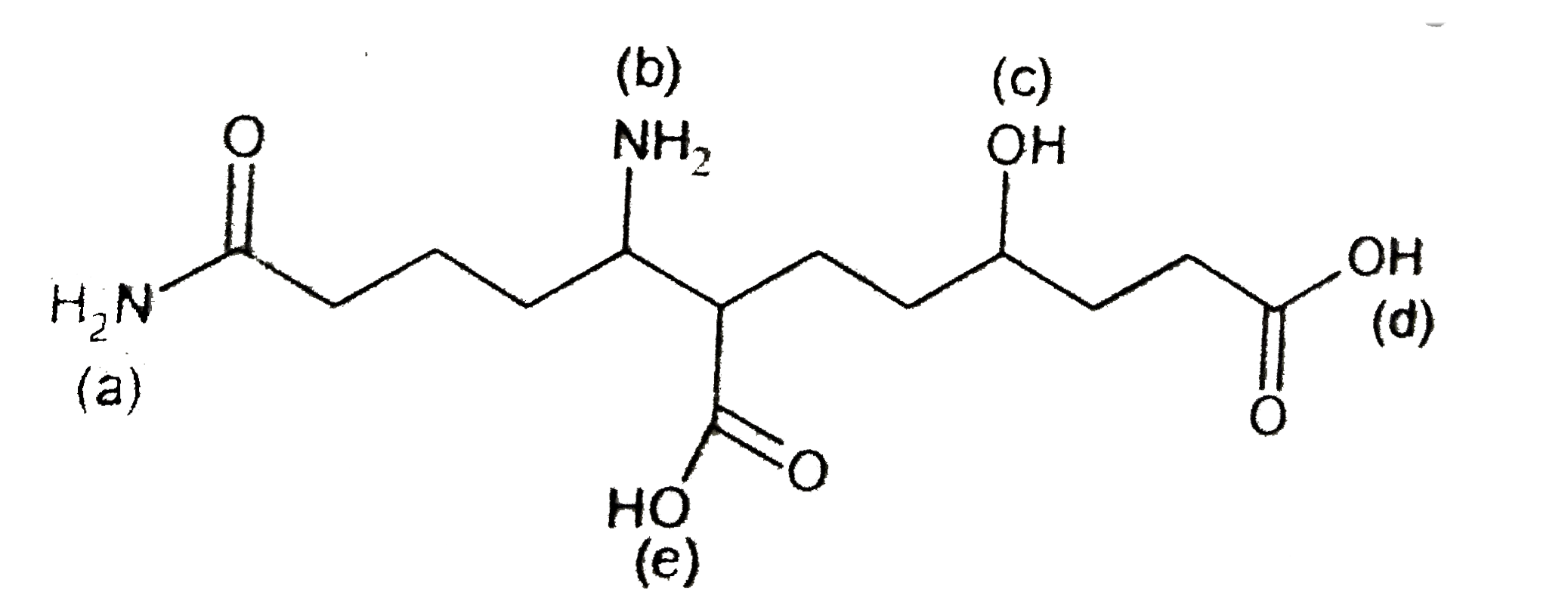Predict the relative acidic strength among the following:
HI,HIO4,ICI
To predict the relative acidic strength among the compounds HI, HIO₄, and ICl, we will analyze their ability to donate protons (H⁺) and the stability of their corresponding conjugate bases.
1. Identify the Compounds: We have three compounds to compare: HI, HIO₄, and ICl.
2. Understand Acidic Strength: The acidic strength of a compound is determined by its ability to donate a proton (H⁺). The more stable the conjugate base formed after the donation of H⁺, the stronger the acid.
3. Determine the Conjugate Bases:
- For HI: The conjugate base is I⁻.
- For HIO₄: The conjugate base is IO₄⁻.
- For ICl: ICl does not have a typical conjugate base because it does not donate H⁺ in the same manner as the other two.
4. Analyze the Stability of Conjugate Bases:
- I⁻ (from HI): This ion is relatively stable but does not have significant resonance stabilization.
- IO₄⁻ (from HIO₄): This ion is resonance stabilized due to the presence of multiple oxygen atoms, allowing for delocalization of charge, which enhances its stability.
- ICl: As mentioned, ICl does not donate H⁺ and behaves more like a Lewis acid due to its vacant d-orbitals, which means it does not have a conjugate base in the traditional sense.
5. Compare Acidity:
- Since IO₄⁻ is more stable than I⁻ due to resonance, HIO₄ is a stronger acid than HI.
- ICl, being less acidic and acting more like a Lewis acid, is the weakest among the three.
6. Final Order of Acidity:
- The order of acidic strength is: HIO₄ > HI > ICl.
Summary of the Solution:
- HIO₄ is the strongest acid due to the resonance stabilization of its conjugate base (IO₄⁻).
- HI is less acidic than HIO₄ but more acidic than ICl.
- ICl is the least acidic as it does not donate H⁺ in the same way.
- For HI: The conjugate base is I⁻.
- For HIO₄: The conjugate base is IO₄⁻.
- For ICl: ICl does not have a typical conjugate base because it does not donate H⁺ in the same manner as the other two.
- I⁻ (from HI): This ion is relatively stable but does not have significant resonance stabilization.
- IO₄⁻ (from HIO₄): This ion is resonance stabilized due to the presence of multiple oxygen atoms, allowing for delocalization of charge, which enhances its stability.
- ICl: As mentioned, ICl does not donate H⁺ and behaves more like a Lewis acid due to its vacant d-orbitals, which means it does not have a conjugate base in the traditional sense.
- Since IO₄⁻ is more stable than I⁻ due to resonance, HIO₄ is a stronger acid than HI.
- ICl, being less acidic and acting more like a Lewis acid, is the weakest among the three.
- The order of acidic strength is: HIO₄ > HI > ICl.
- HIO₄ is the strongest acid due to the resonance stabilization of its conjugate base (IO₄⁻).
- HI is less acidic than HIO₄ but more acidic than ICl.
- ICl is the least acidic as it does not donate H⁺ in the same way.
Similar Questions
Predict the relative acidic strength among the following:
H2O, H2S, H2Se, H2Te.View SolutionMost acidic oxide among the following is
View SolutionMost acidic species among the following is
View SolutionMost acidic species among the following is
View SolutionPredict the correct order of repulsion among the following
View SolutionThe correct order of basic strength among the following is
View SolutionThe correct order of acidic strength of the following is
View SolutionThe correct order of acidic strength of the following is
View SolutionFind correct order of acidic strength in the following?
(##NTA_JEE_MOK_TST_14_E02_015_Q02.png) View Solution
View Solution
Themost acidic portion among the following isView Solution
